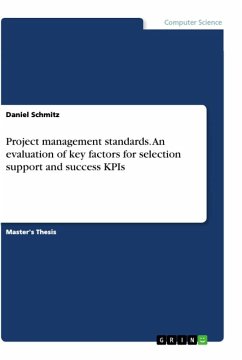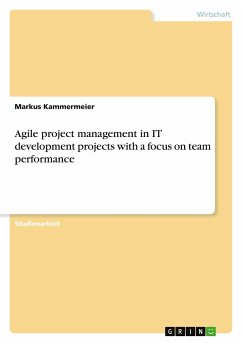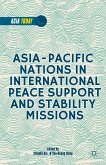Master's Thesis from the year 2015 in the subject Business economics - Information Management, grade: 1,3, University of Applied Sciences Paderborn, language: English, abstract: The prevalence of information technology (IT) and the significance of its role in modern companies have increased rapidly. Nowadays, almost no business operations unit can work or function efficiently without the support of IT-based systems. Regardless of the general purpose of the respective company and the industry the company operates in, after a given point a functioning IT structure is a prerequisite for a fluent, efficient and successful operation. With an apparently almost infinite variety of IT-supported systems, companies have to deal with the recurring question: Which parts of the company's IT-based systems possibly require a new implementation, improvement, or replacement?After a decision regarding a new implementation, an update, improvement or a replacement has been made, an overview must be developed of the tasks that will be needed to reach the project goal. Beyond a certain size and complexity, these IT systems cannot be changed on an ad hoc basis. In such a case, a detailed planning of the approach is an important factor to be coordinated to guarantee that the activities will be carried out on time, within the budget, and at the required level of quality. These tasks are commonly defined within projects, which are preferably coordinated by using project management process models. However, not every process model is equally appropriate for every project or project type.To make a decision about which process model is to be used, a wide range of aspects of the project have to be considered. These aspects are not only project-specific, but also company-related, which means that not every project can be managed the same way in every company, even if the project-specific aspects are almost identical. Alongside the project-specific factors such as the given time frame, the financial limitations, and the commitment to quality, other company-specific factors have to be taken into consideration. These include not only the amount of HR resources needed, but also the skills of the available project members. But the HR resources are not the only assets that have to be planned. In addition to sufficient staffing, the available software, hardware, and premises must be determined and often booked in advance.
Hinweis: Dieser Artikel kann nur an eine deutsche Lieferadresse ausgeliefert werden.
Hinweis: Dieser Artikel kann nur an eine deutsche Lieferadresse ausgeliefert werden.








